Safari Part 6: The Cowabunga Experience – Aunt Casey Tells It Like It Is!
Welcome to our first guest blog! Aaron’s Aunt Casey joined us on the safari and she was kind enough to write up her experiences for No Map Required. We SO loved having her along with us and together we hope to give you an idea of just what it’s like to go on a Cowabunga Safari. Get ready to be inspired!
First a bit from our end: I met Brian, our safari leader, back in my Denali Days – which was a looooong time ago. Brian fell in love with Africa while studying in Dar es Salaam in college. He’s never really left Africa, though he lives in the great state of Iowa and is a professor of Political Science. He is fluent in Swahili; a very handy skill in Africa!! He teaches during the year and conducts a couple of safaris each summer. Brian IS Cowabunga Safaris. You can use those names interchangably. In fact, on this safari one of his students came with us – quite an accomplishment for a college student! She even celebrated her birthday on safari and Brian being as thoughtful as he is, arranged a birthday cake and singing in her honor. This is typical of Brian and Cowabunga Safaris, he makes sure every single participant feels special and gets what they want out of the experience.
We can’t say enough nice things about the people who were on safari with us. Cowabunga attracts the nice people. It was a wonderful, down-to-earth group. Plus, as if that wasn’t enough, Brian partners with local, women-owned companies. Best I can tell, he helps mentor and drive business to these firms. We’ve seen study after study that shows that if you help women get ahead they will take their whole family and community with them! Love being able to help support.
That’s all well and good, but what was it really like day to day? Great question! To answer, we’d like to introduce Aunt Casey, one of our biggest No Map Required fans:
Guest Blog by Casey Gluckman: Her words. Our photos.
Anner and Aaron have done a great job of describing the safari they were on and which good fortune allowed their Aunt Casey (me) to join them on. Since they have kindly allowed me a Guest Blog, I have decided to tell you about some of the other things we learned and saw in Tanzania in addition to the amazing critters and landscapes.
One of first things we learned as we were driven from the airport to the hotel in Arusha was about speed bumps. Every busy crossing, big tourist attraction and downtown has big speed bumps. In Tanzania, they are called “sleeping policemen”.
We traveled in specially equipped Toyota Land Cruisers with real four-wheel drive, big leaf springs and tops which could be raised for good (and safe) viewing. Each held four to six travelers, our luggage and a cooler. We were driven by guides who go through a year of special schooling to learn to care for the vehicles and how to identify and know the behaviors of a wide variety of animals, birds, plants, even lizards. In addition, I think they must also get training in patience to be able to respond to stupid questions and many times repeated questions. My favorite, which came from an earlier trip, was, “What do giraffes prey on?”
Our lodging came in 3 types: fancy lodges with high-end hotel type rooms with bathrooms; tents, sometimes known as “Johnson tents”, which are also like hotel rooms with bathrooms but in large tents tall enough to stand in; and 2 nights in big tents with no electricity, separate toilets and outside each tent wash basins. All types were very comfortable.
The food, whether from lodge kitchens or cooked over open fires was excellent. Cooked with Americans in mind, dinner included meat, potatoes and/or pasta and great vegetables each evening, served buffet style. We ate at one large table with great views. Beer was available in camp. Big breakfasts and boxed lunches were prepared every day as well. Soda and water available all day and in camp. We were warned not to expect to lose weight on the safari, and none of us did!
One afternoon, we spent time in Mtu wa Mbu (Mosquito River Town), home of folks representing some 120 tribes since the place was a traditional trading center. We saw rice fields being tended, and rice and millet being threshed by hand the old way by women putting the grain in baskets and tossing them in the air. The breeze would blow away the chaff and the grain would fall on a tarp at their feet. Guided through back streets where folks were just living their lives, we visited a number of places were art was in progress. In some cases, a tribe specialized in a particular type of work such as wood carving or painting. We watched the local beer being made. Offered for sampling, the reactions varied widely! Later we visited a primary school where the kids are learning the 3R’s plus English. The kids seemed to enjoy us as much as we enjoyed them. They recited and sang for us. We all sang an impromptu song back.
The dress of the local women is very attractive. Wearing mostly traditional dresses with long skirts and short-sleeved blouses, often with headdresses, the fabrics were wonderfully colorful. Many women carried bundles balanced on their heads which resulted in great posture regardless of age. The men dressed in more modern clothes, jeans or chinos and t-shirts.
Every male, including the Maasai elders, seemed to have a cell phone. We learned that one of the most important things of value these days is cell phone minutes. Since they buy time for their phones by purchasing minutes, they will give you a number of minutes for your phone in exchange for bananas or whatever you need. It’s quickly becoming the most common means of exchange.
Another thing we learned is that Chinese goods sold in Tanzania are not nearly the quality of Chinese goods sold in America. As one fellow explained: if you buy a Chinese motorcycle (also common in towns), you spend one week riding and two weeks fixing.
Finally, the kids, as everywhere, were so cute. Little kids, mostly boys, around 6 or 7 would smile, point to my iPhone and pose. As soon as I took a photo, they would rush over and want to see their photo. They were always very polite and not pushy, so it was fun. They would giggle and show their friends. I took one photo of a little girl, about 3, and her mother in their Maasai traditional waddle and daub home. The photo caused her to smile and show her mother. Another winning moment in Tanzania.
Tanzania, a place of wonderful memories from wide-open landscapes and big animals to little moments of everyday life. I want to return one day.
– Casey Gluckman
If you missed our earlier safari posts, here are links:
Part 1: ANIMAAAAALS!
Part 2: For the Birds!
Part 3: The Great Migration!
Part 4: Aaron goes a-Carving
Part 5: Meeting the Maasai

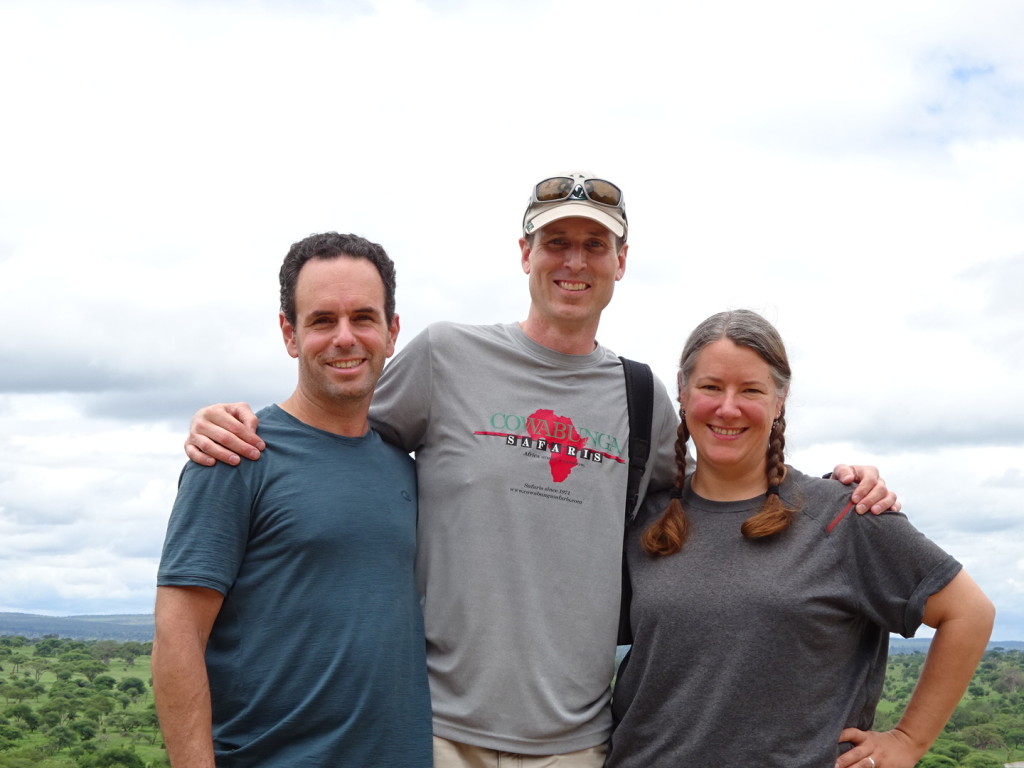
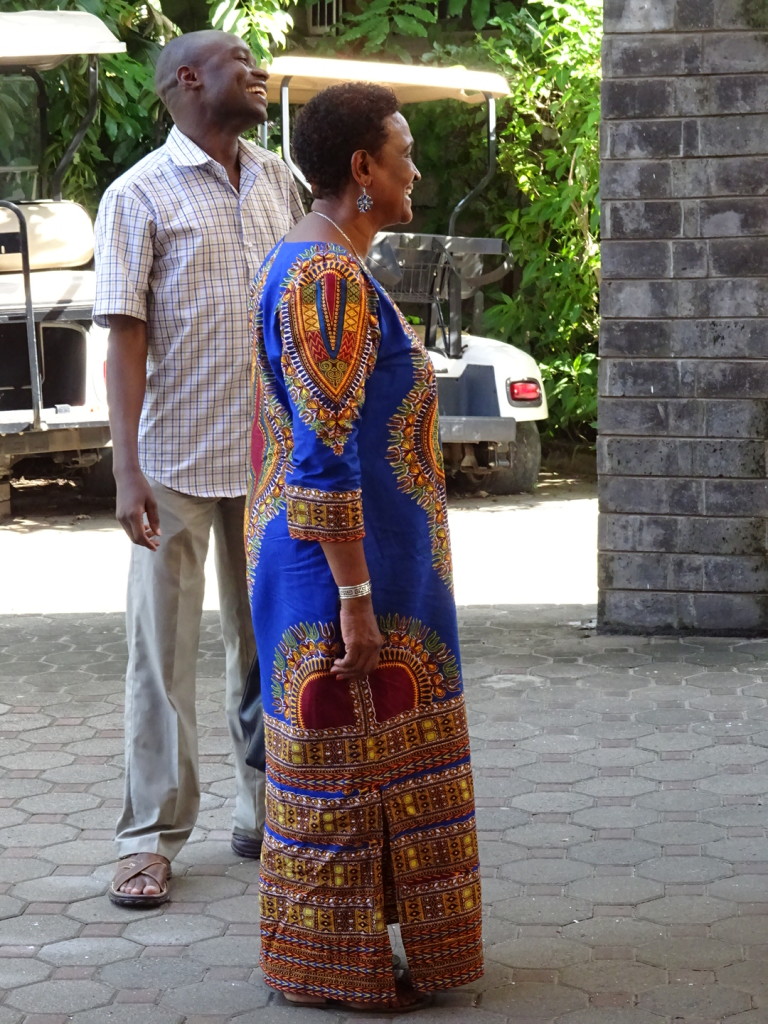
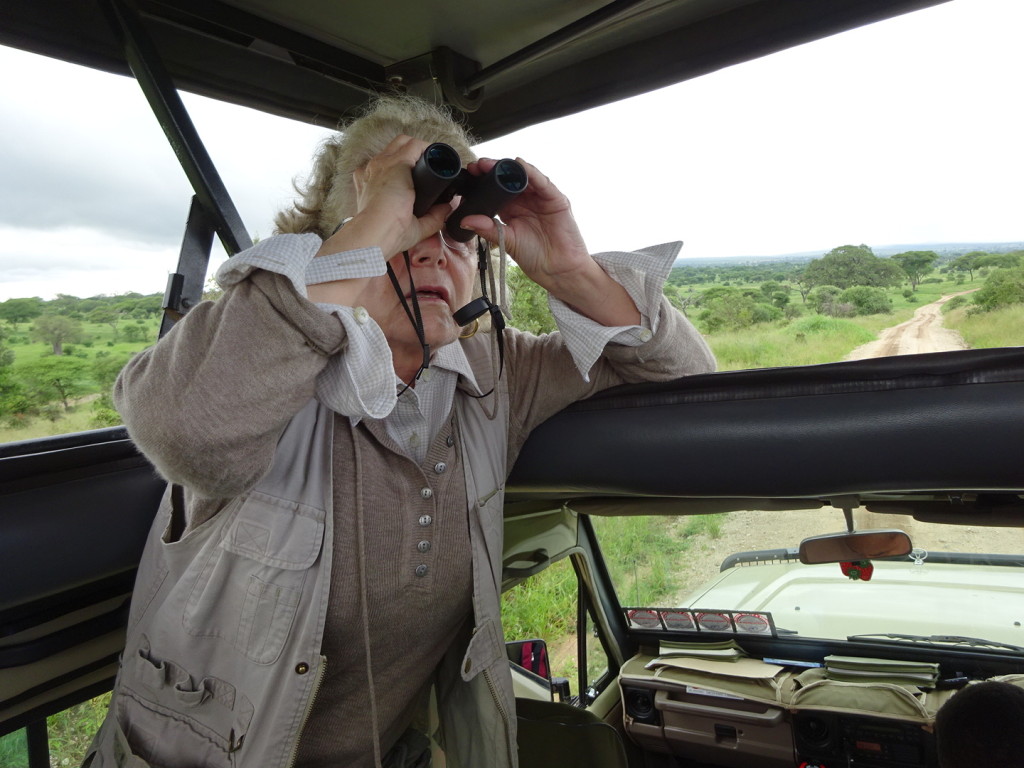
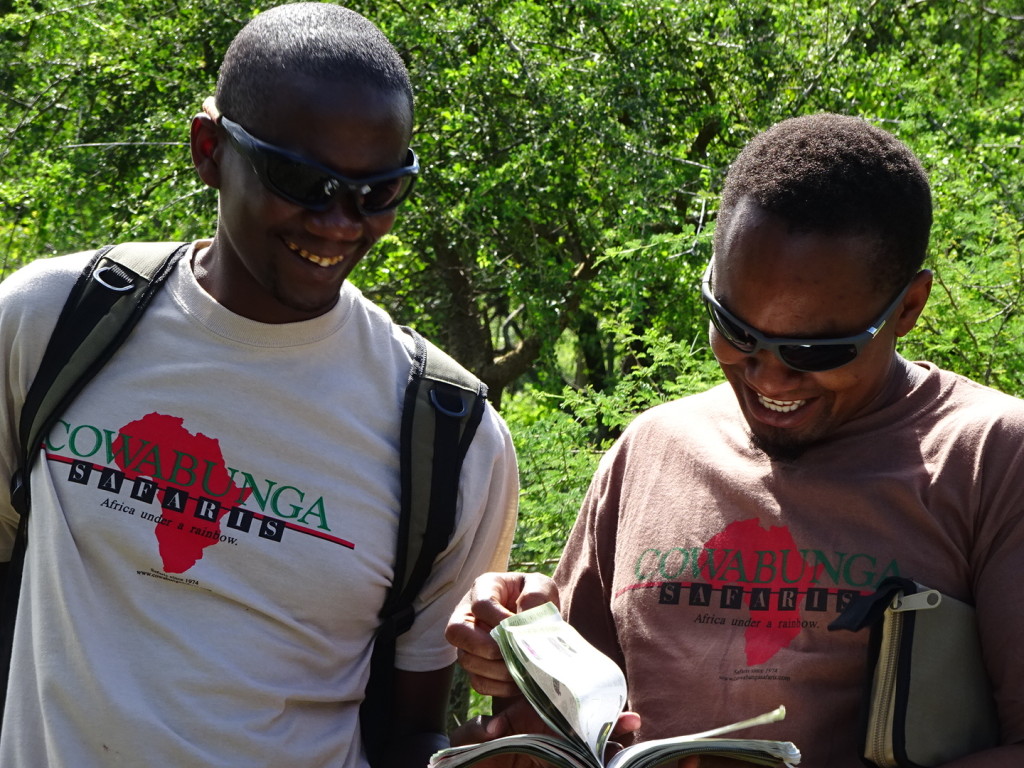
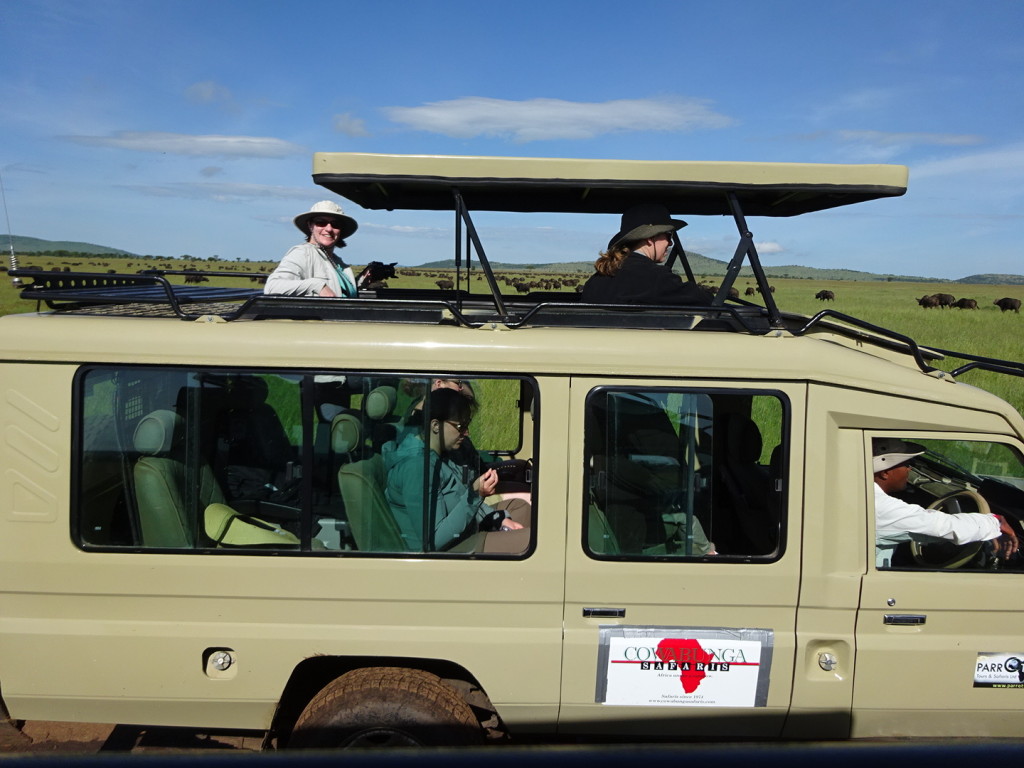
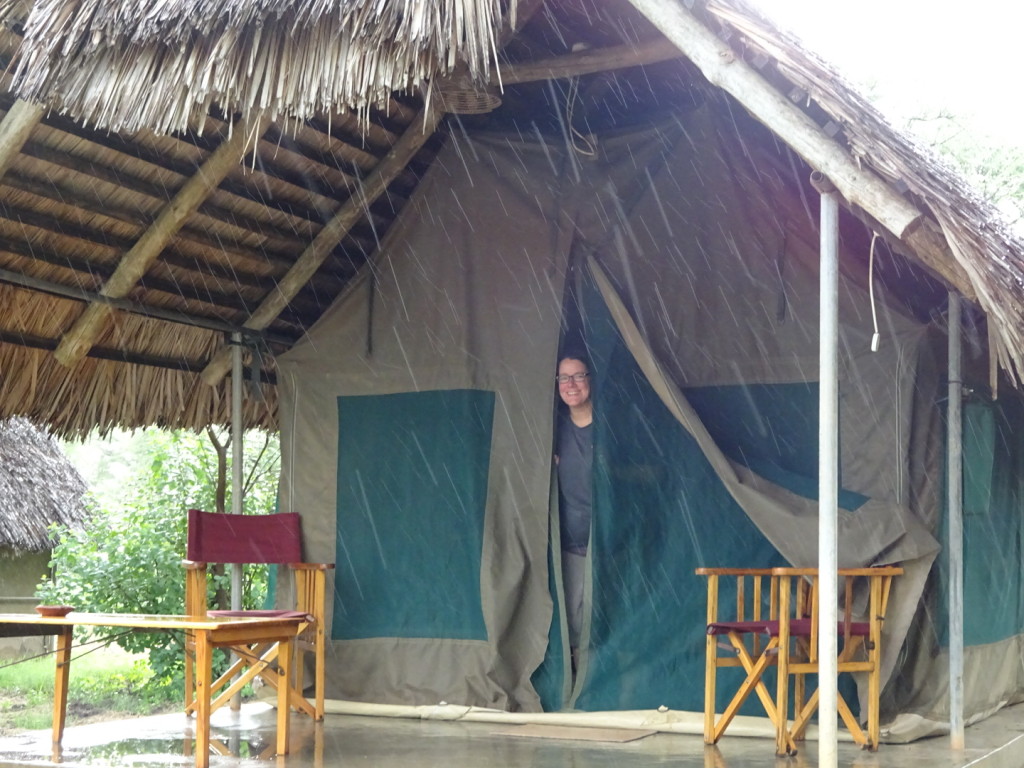
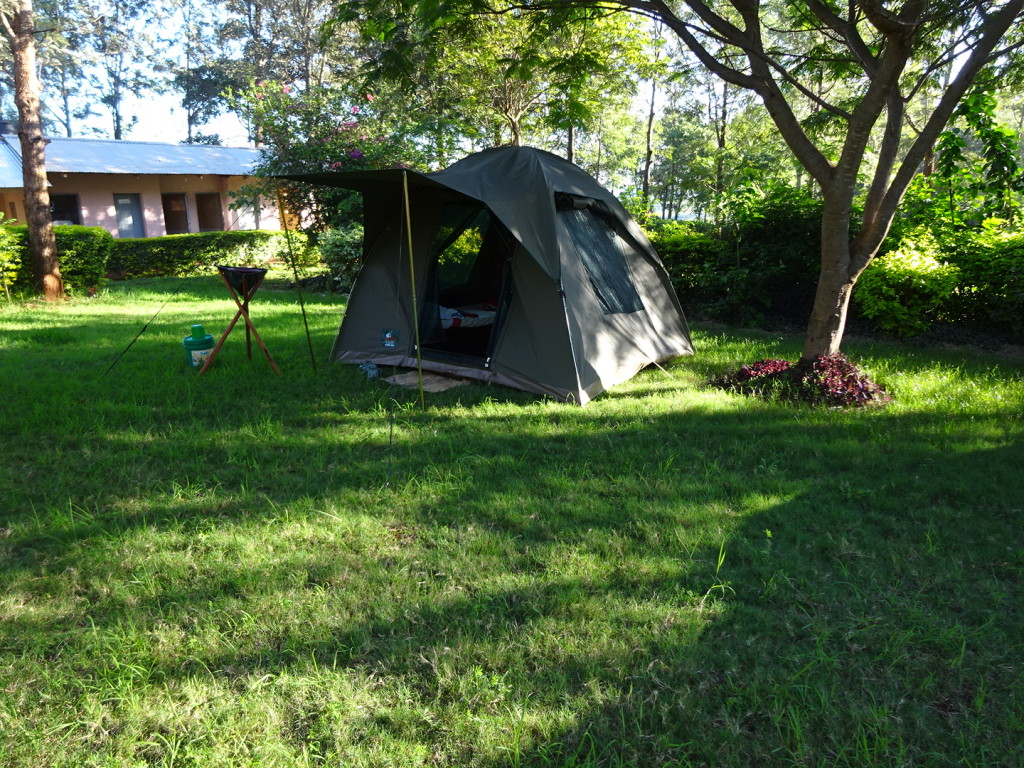
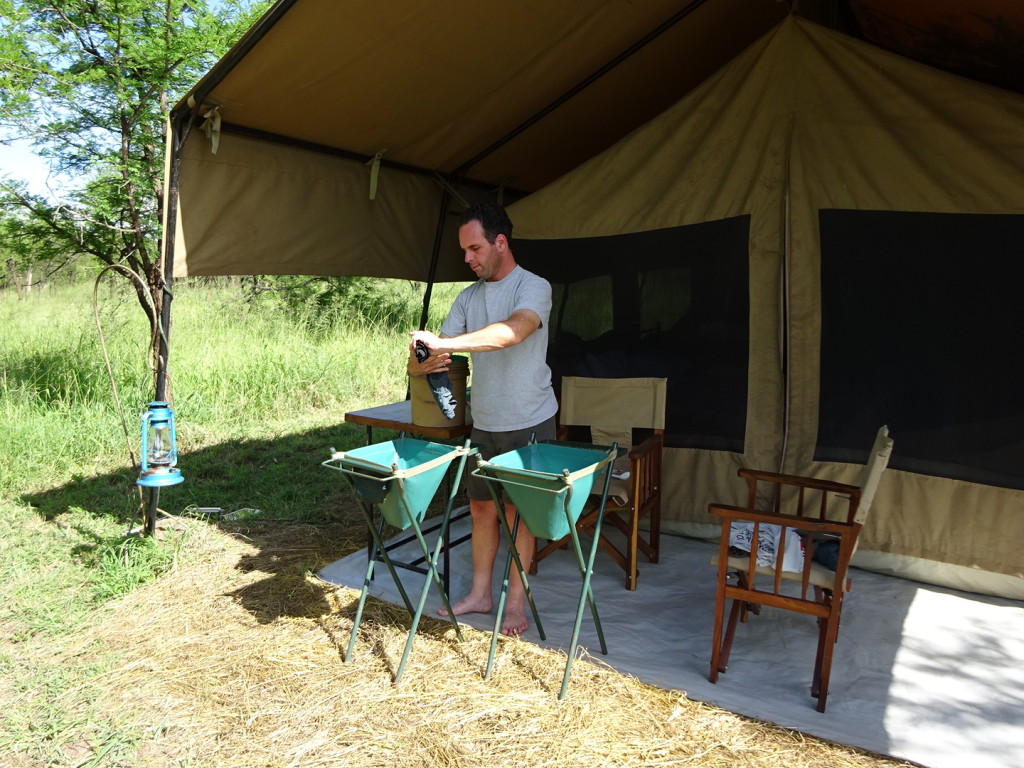
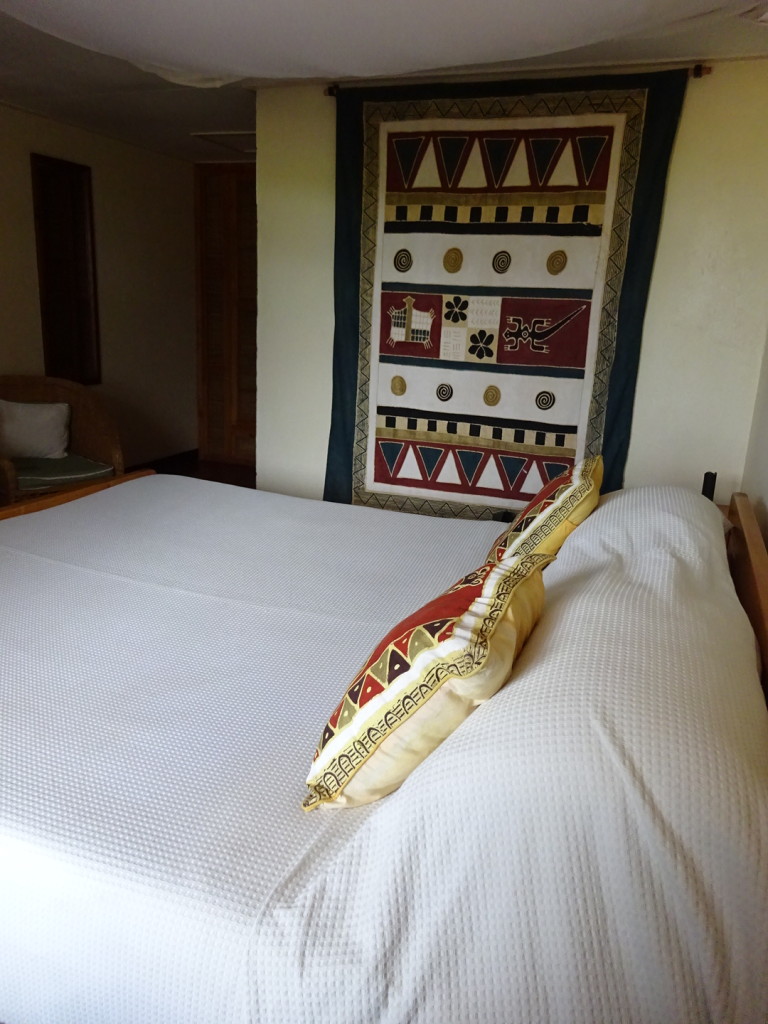
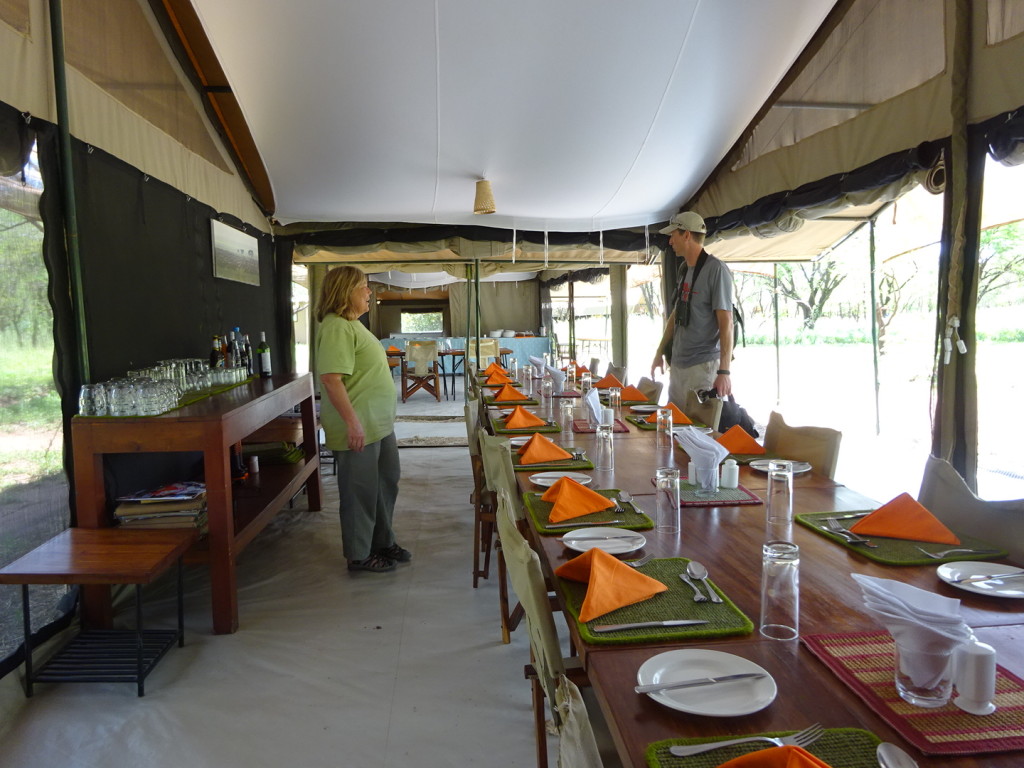
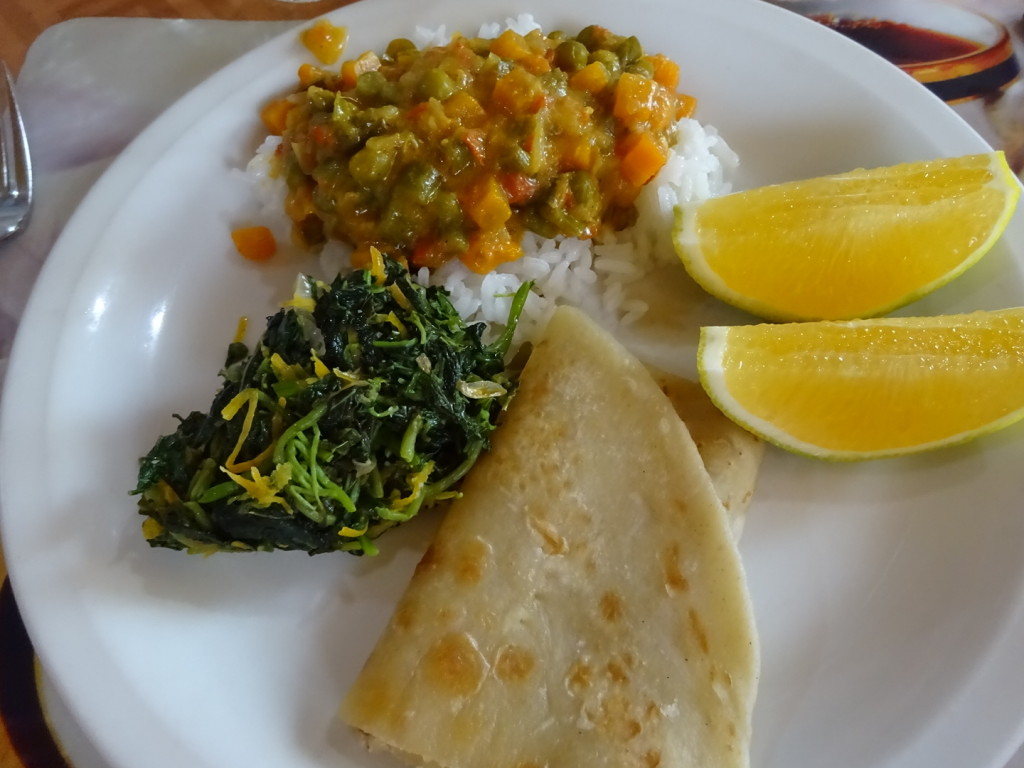
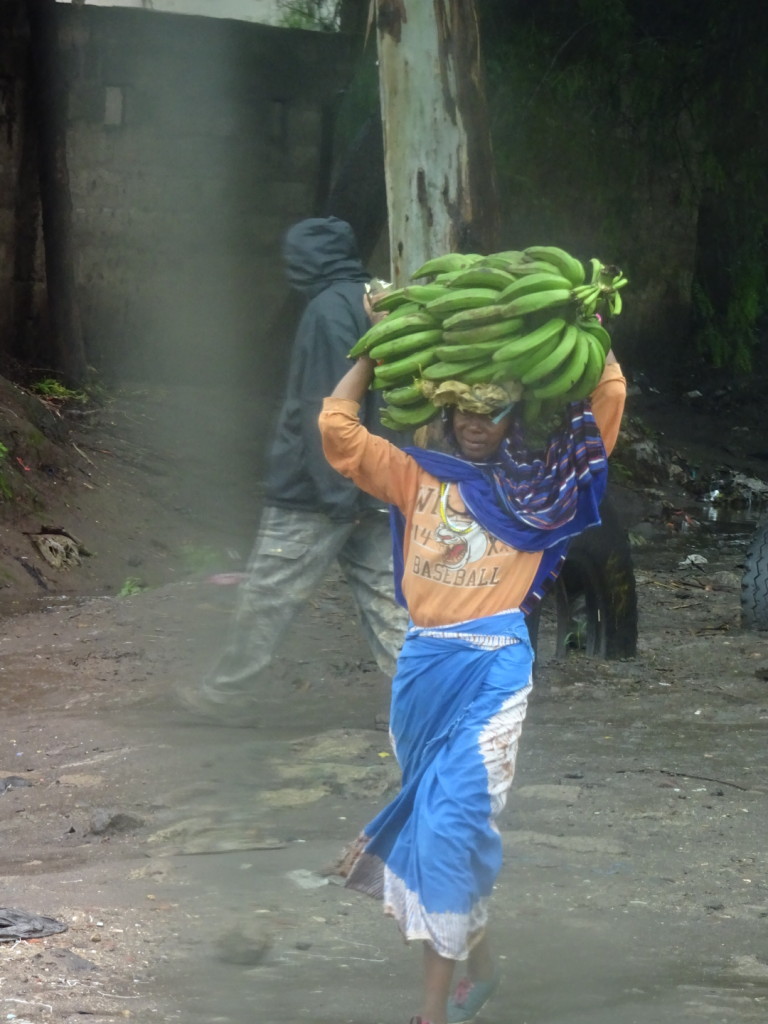
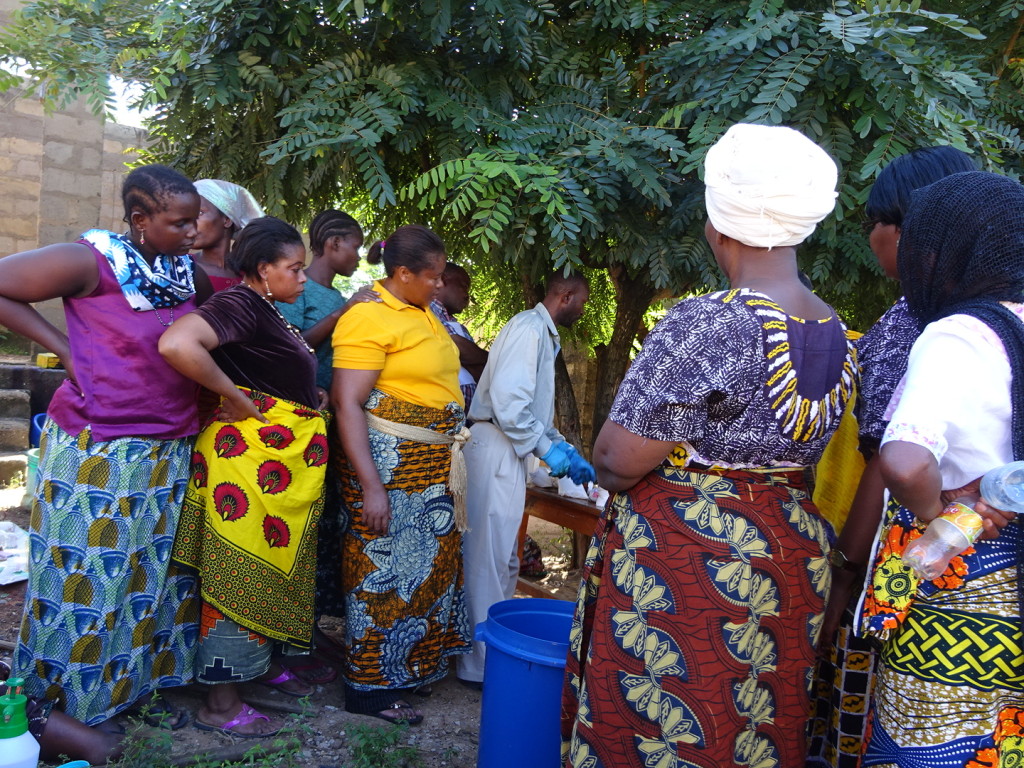
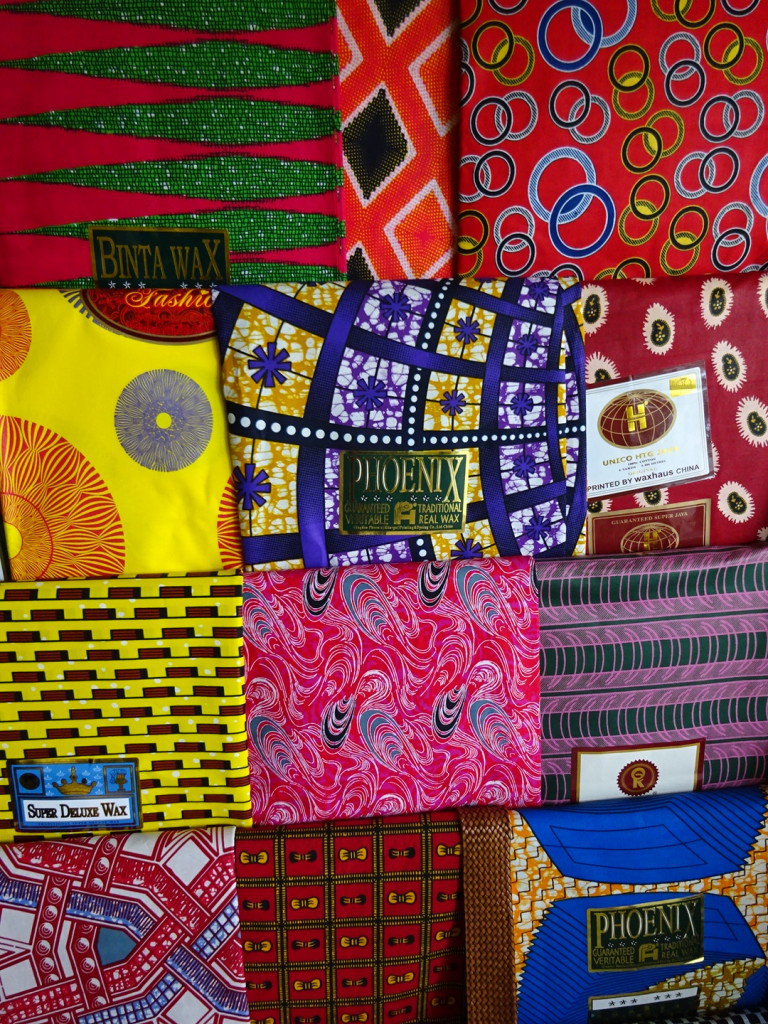
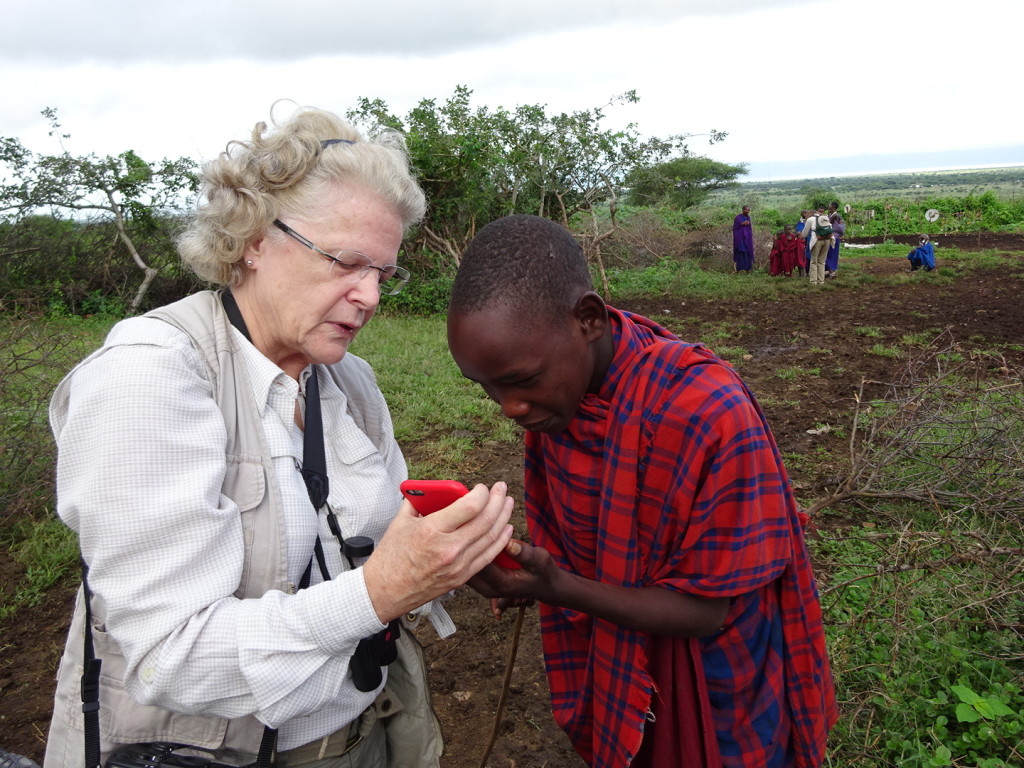
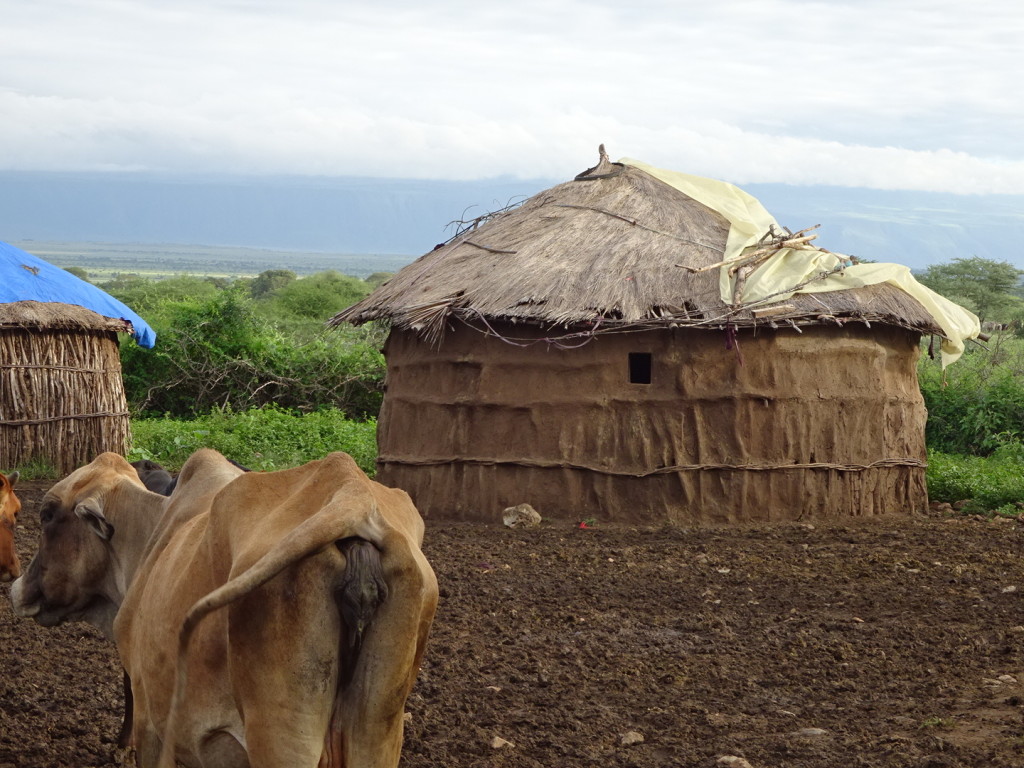
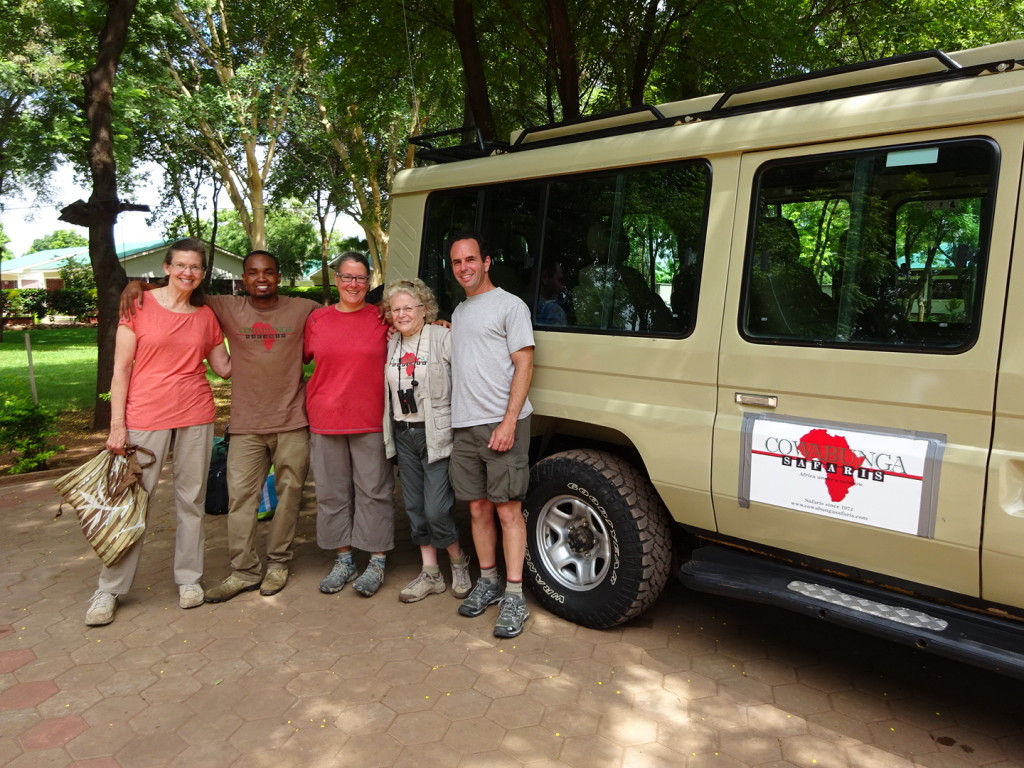
Pingback: No Map Required | Dub-Dub-Dublin!